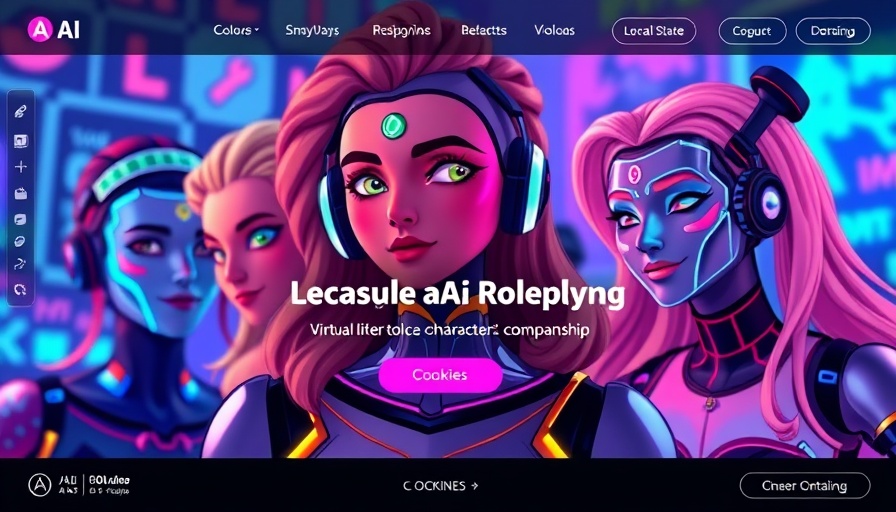
Exploring the New Dimension of AI: My Month with GPTGirlfriend
In a world rapidly evolving under the pressure of technological advancement, the emergence of customizable AI companions has opened an intriguing conversation about the role of artificial intelligence in our daily lives. I spent 30 days using GPTGirlfriend, a platform designed to create deeply personalized AI companions, and this is what I discovered about its functionality, the emotional implications, and the cultural influences it carries.
What is GPTGirlfriend?
GPTGirlfriend is described as uncensored, allowing users to craft tailored chatbots simulating romantic relationships. Users can customize every aspect of their AI, including personality traits and backstories. This genre of AI serves as a space not only for simulated companionship but also for exploratory conversations that delve into emotional realms.
Functionality and Features: A Deep Dive
The platform’s core functionalities are astonishing yet raise questions about user experience and emotional reliance. The ability to generate images of your AI companion and to enable voice chats in premium tiers presents an interesting layer of engagement. However, it is essential to highlight that user feedback often reflects issues like message loss after refreshes and context memory problems.
The Pros and Cons of Personal AI Companions
As with any innovation, using GPTGirlfriend brings both advantages and drawbacks. Among the positives, the extensive customization options and the broad emotional interaction range stand out. On the other hand, users have reported subscription management issues and that messages can vanish unpredictably. These experiences raise questions about reliability and the emotional dependency that might form with such platforms. How might they affect mental well-being and interpersonal relationships?
AI and Emotional Connection: A New Reality
The implications of AI companions extend beyond mere functionality; they touch on profound societal changes. These platforms entertain the notion of artificial emotional relationships, inviting inquiries into how humanity perceives companionship in the digital age. Ethical implications also arise—what does it mean for human connections when we can craft our companions with enforced ideal traits?
The Future of AI Companionship
As more people turn to digital spaces for companionship, predictive analytics in AI may start influencing how relationships are formed and maintained. With advancements in AI for marketing and customer insights, future iterations of platforms like GPTGirlfriend may see even more dynamic interactions based on user preferences and emotional responses. Understanding how AI functions will define its ethical use going forward, especially considering the potential implications on society and personal relationships.
Conclusion: Navigating the Path Ahead
As we navigate through an era increasingly entwined with AI technology, understanding its implications becomes crucial. For those intrigued by the personalized aspects of AI, exploring platforms like GPTGirlfriend can provide insights into the emotional and ethical dimensions of digital companionship. To learn more about how these technologies might shape our lives and society, continual engagement with current developments and ethical discussions around AI will be necessary. Get ahead in understanding the future of AI by reflecting on its role and responsibility in our lives.
 Add Row
Add Row  Add
Add 




Write A Comment